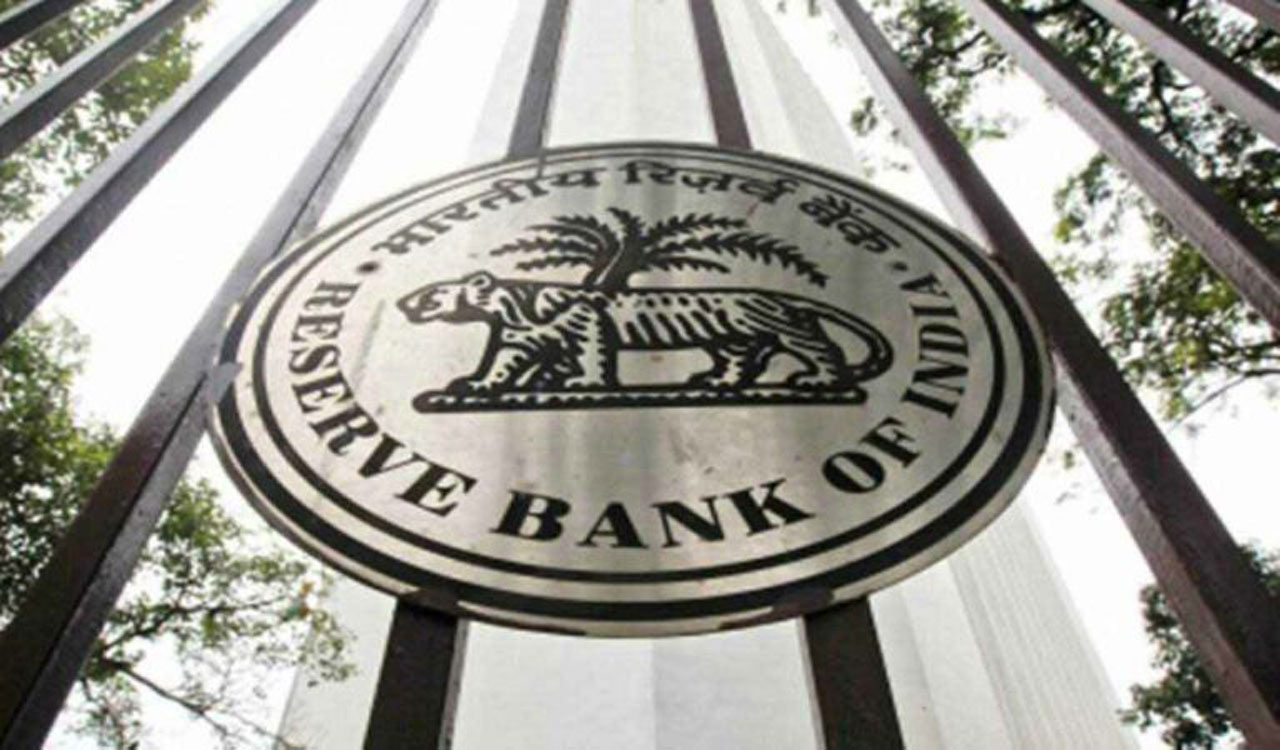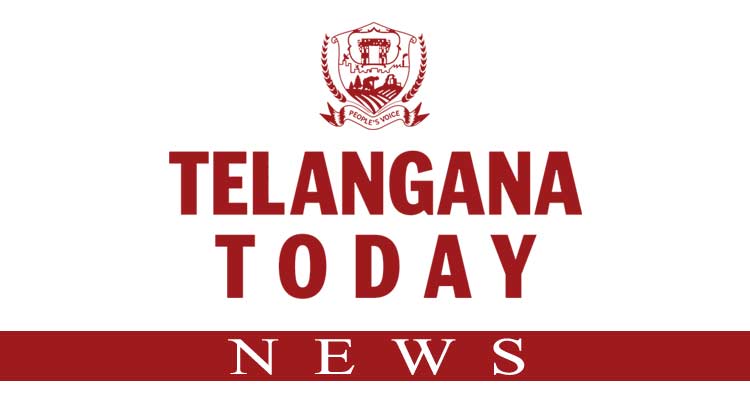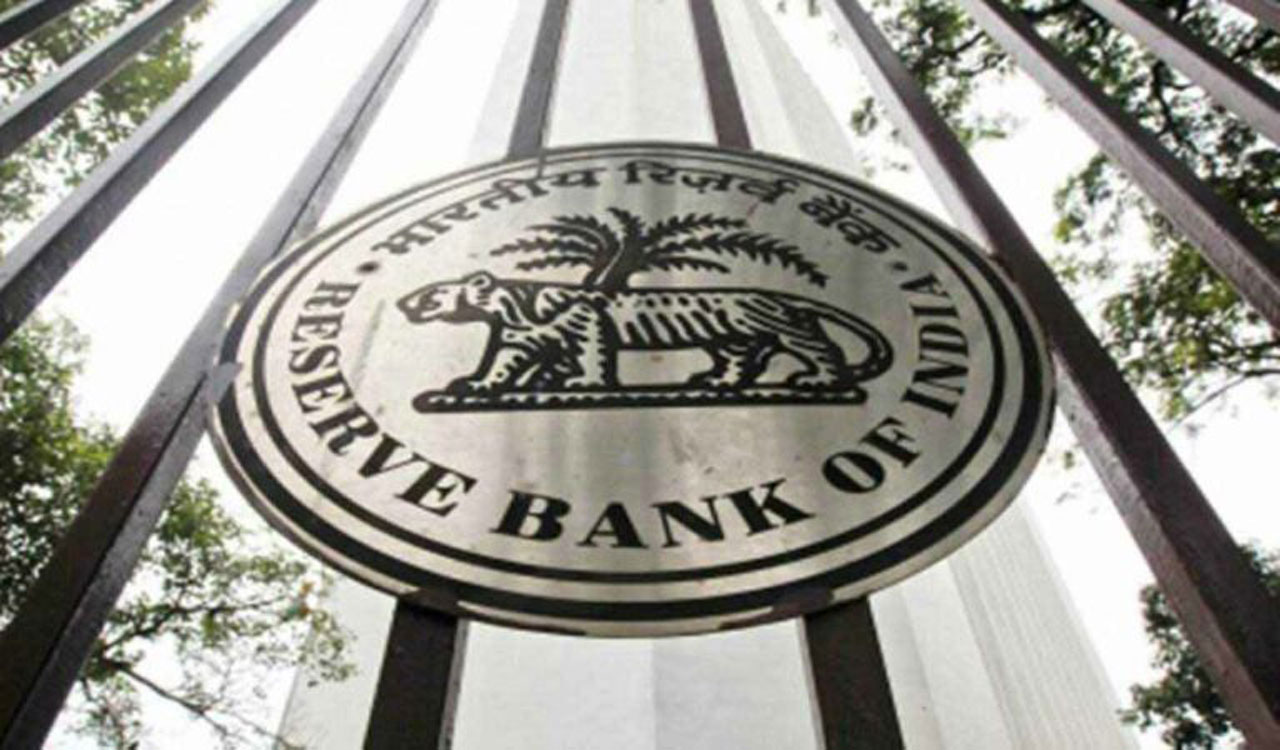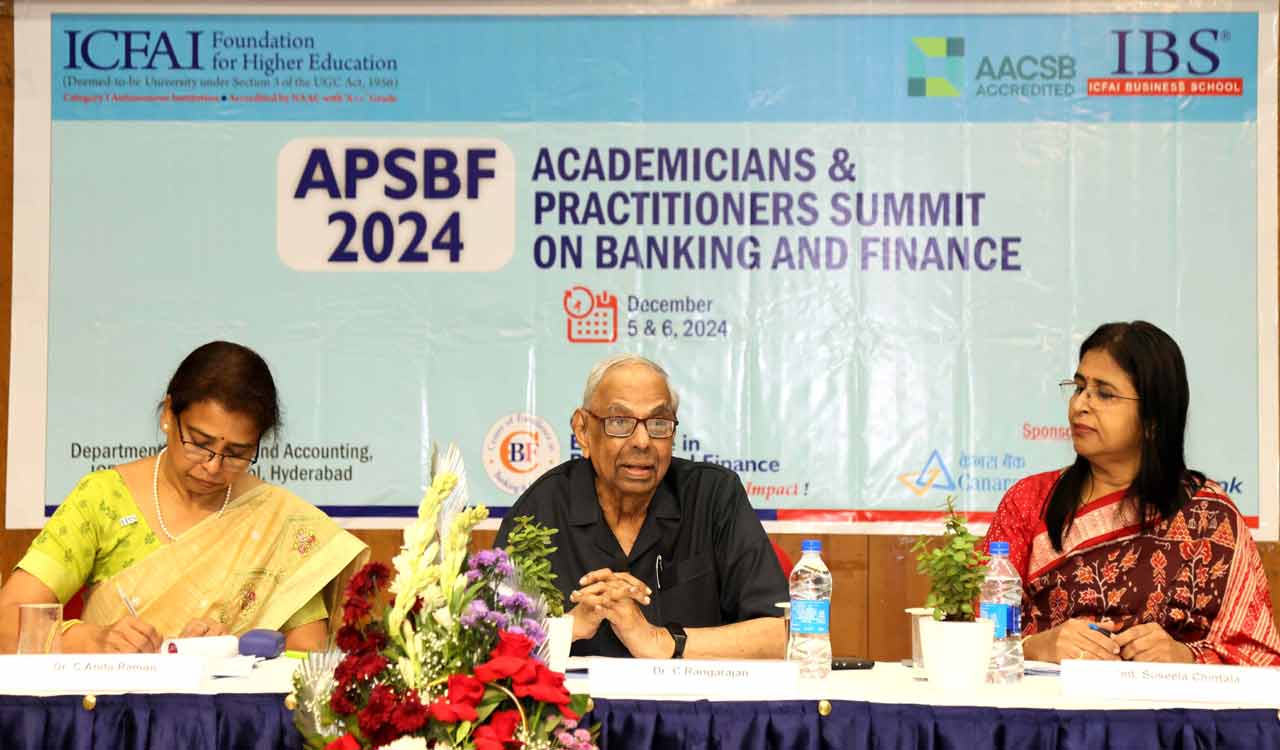Editorial: More money with banks
RBI signals its cautious approach to balance the twin factors of inflation and growth

By keeping the benchmark repo rate unchanged at 6.5% for the 11th consecutive term, the Reserve Bank of India has signalled its cautious approach to balance the twin factors of inflation and growth. The latest meeting of the central bank’s Monetary Policy Committee (MPC) sent a significant message to the markets by slashing the Cash Reserve Ratio (CRR) by 50 basis points to 4% from 4.5% in a bid to boost liquidity in the financial system. The CRR is the percentage of a bank’s total deposits required to maintain in liquid cash with the RBI as a reserve. The move would lead to injecting Rs 1.16 lakh crore into the banking system and effectively reverses the tightening cycle initiated in April 2022. The CRR is a tool used by the RBI to manage inflation and check excessive lending. The surplus liquidity can be used by banks for lending, which is expected to help in spurring economic growth. A CRR cut will free up bank money and there is a good chance that banks may pass on the benefits to borrowers. The six-member MPC decided to keep the repo rate (interest rate at which the central bank lends money to commercial banks) unchanged by a 4:2 majority. An unchanged repo rate means the loan interest rates too are likely to remain unchanged. The status quo on the repo rate came despite the growth rate plunging to a seven-quarter low of 5.4% in the July-September quarter, ending much lower than its own projection of 7%.
The RBI’s announcement came as a disappointment for investors who have been looking for a rate cut. The central bank paused the rate increase cycle in April 2023, after six straight rate hikes of 250 basis points since May 2022. The MPC, which meets every two months, lowered the growth target for this fiscal to 6.6% from its earlier projection of 7.2%. The inflation target has been raised to 4.8% from the 4.5% projected previously. Inflation surged above the 6% tolerance level in October. It is hoped that food inflation will start easing next quarter. Despite macroeconomic indicators being robust and stable, the battle against inflation is not over yet. There are additional concerns in the wake of intensifying geopolitical tensions that may disrupt energy supplies and take crude prices further higher. Though the RBI is open to interest rate cuts, it remains cautious now due to persistent food inflation and geopolitical risks. Calibrated quantitative easing is the way forward to reduce financial market volatility. There were expectations in the market that the RBI would follow the strategy of the United States Federal Reserve which recently kicked off its monetary policy easing cycle by announcing an interest rate cut. However, the central bank’s decisions are largely driven by domestic conditions. It is important to keep inflation under control which in turn facilitates long-term growth.
Related News
-
Rupee recovers from all-time low, gains 6 paise to 85.07 against US dollar
-
Telangana sees growth in Private healthcare facilities; emphasizes fire safety
-
RBI gets bomb threat in ‘Russian’ language, second time in a month
-
Hyderabad: CoEBF hosts banking and finance summit 2024 at ICFAI Business School
-
Sandhya Theatre stampede case: Allu Arjun questioned for 3 hours by Chikkadpallly police
22 mins ago -
Telangana: TRSMA pitches for 15% school fee hike and Right to Fee Collection Act
30 mins ago -
Former Home Secretary Ajay Kumar Bhalla appointed Manipur Governor, Kerala Governor shifted to Bihar
33 mins ago -
Hyderabad: Organs of 74-year-old man donated as part of Jeevandan
37 mins ago -
Opinion: The China factor in India-Nepal relations
1 hour ago -
Editorial: Modi’s Kuwait outreach
1 hour ago -
Telangana HC suspends orders against KCR and Harish Rao
2 hours ago -
Kohli and Smith will be dangerous and hungry: Shastri
2 hours ago




